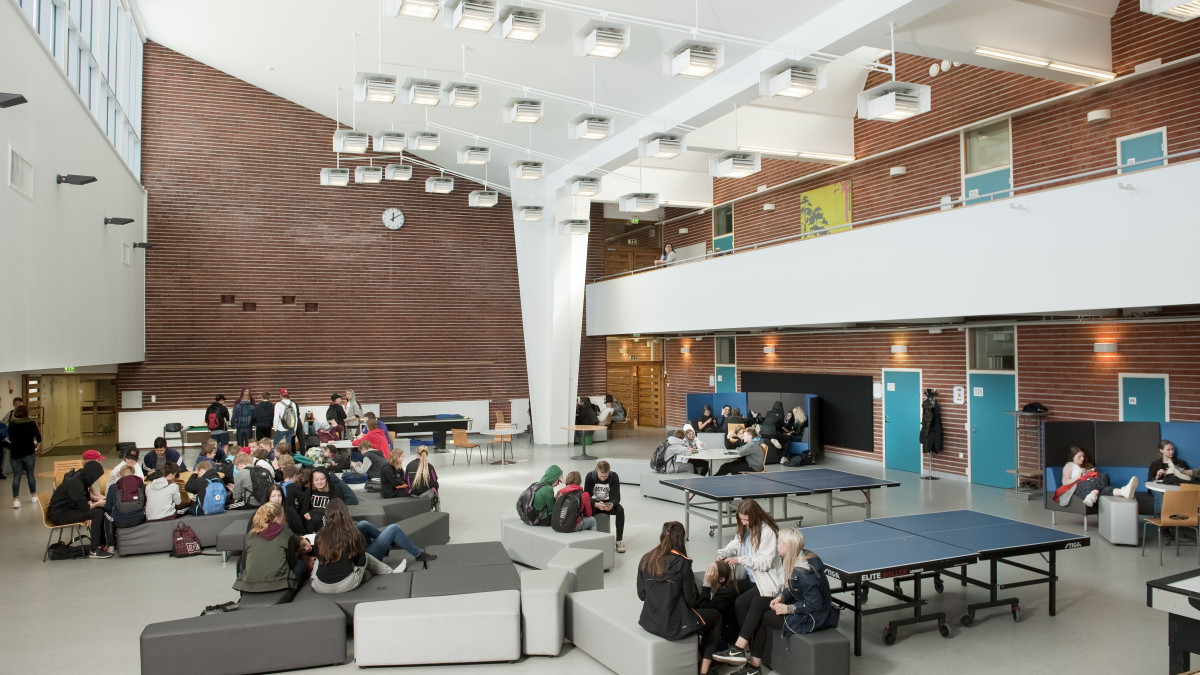
School reforms aim at equal opportunities
In recent days, the townspeople's minds have been troubled by the principal elections for the new school centers. Last year, the city council decided on school network reform, which will result in three school centers in the city in 2026: Vuoksenniska, Mansikkala and Koske school.
The new school centers are still in the planning phase, but administratively, the school network reform will start already next fall, led by the elected principals.
The reason for the school network reform lies deep in the reform of the provincial administration. City manager Pertti Lintunen, who will become a free lord next week, states that the reforms are not a tease.
- With the reforms, we want to secure equal opportunities for children. The only possibility is to make everything as if new.
After the administrative changes in 2019, the services of the city of Imatra look very different to the municipal residents than they are today.
The future provincial administration will grasp social and health measures under its arm and at the same time free the municipalities from the management and financing of social and health services.
The county administration will take 60 percent of the current Imatra city budget, and the citizens will finance the reform through state taxation. In the future, the municipal residents will pay a municipal tax of 7-8 percentage points to Imatra.
70 percent of municipal taxes are channeled to day care, early childhood education and education. The remaining 30 percent is used for basic welfare services, such as exercise and culture, and municipal technology.
Basic education, which will remain in municipal services, is at the center of the upcoming major provincial administrative change and affects every schoolchild and their parents. On the one hand, the number of students is decreasing and tax revenues are decreasing, on the other hand basic education and the learning environment must be developed to meet the challenges of the new curriculum.
In developing cities with an increasing number of students, it is possible to build multipurpose new learning environments with spaces of approx. 6m2/student.
- At Imatra, the corresponding m2/pupil is now on average well over 10 m2/pupil. Each square is heated, cleaned and maintained.
At Imatra, 84 percent of basic education resources are currently allocated to personnel and fixed expenses. Inequality arises between cities from the allocation of resources. In modern teaching environments, the money available can be transferred to teaching. According to Lintunen, we can already see examples of the reduced provision of a second foreign language in municipalities.
Principals of school centers will hold an average budget of around six million euros in their hands in the coming years. Lintunen emphasizes that the principals of these three school centers are responsible for more than half of the city's operating expenses covered by the 2019-7 percent municipal tax in 8 and thereafter.
- This, if anything, requires new principals to manage and take responsibility for the finances of their school centers, along with pedagogical and personnel management.
From the point of view of the city's economy, it is very important how these resources are used. Modern learning environments also increase the attractiveness of the city.
- I believe that teachers are also interested in cities and municipalities that offer modern learning environments. I hope that this will happen in Imatra as well, if the matter is handled well.